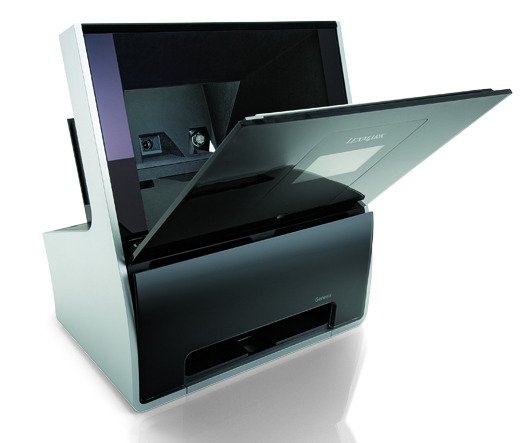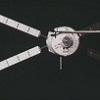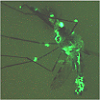Why scan when you can snap?
For more than 20 years, flatbed scanners have used slow-moving sensor bars to copy an image by scrolling over documents a little at a time. In replacing that bar with a retooled camera sensor, the Lexmark Genesis captures the entire image in a flash. It can do in three seconds what other scanners take upward of 10 seconds to accomplish.
The Genesis has more in common with a digital camera than with a conventional scanner. A 10-megapixel sensor shoots documents through a lens made of six reflective elements, which grab more light to help take clear images even at close range. The sensor grabs six exposures in rapid succession-one each for the scanner’s pairs of red, blue and green flash bulbs-and combines them into a single picture. The image processor on the Genesis corrects the image warping caused by using a wide lens up close.
The process seems nearly instantaneous. Less than a second after the scanner door closes, a preview pops up on the 4.3-inch touchscreen. Within three seconds of hitting the scan button, a full image is ready to print, e-mail, or upload directly to Flickr, Picasa or PhotoBucket over Wi-Fi.
The Genesis isn't the only scanner to use Wi-Fi, though: A new crop of scanners is making good use of wireless to send docs directly to the Web, sans computer. The business-minded Fujitsu ScanSnap S1100 ($200 (est.)) beams receipts, business cards and more to Google Docs or Evernote. The HP PhotoSmart eStation ($400, hp.com) talks to the Web with apps, such as one that links directly to a Yahoo account. The Doxie portable scanner ($150, getdoxie.com) can be programmed to create a 20-character URL for each item.






